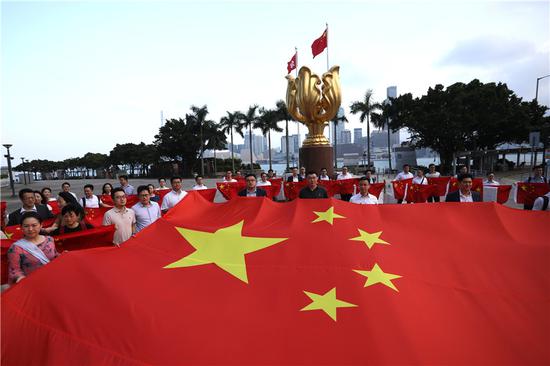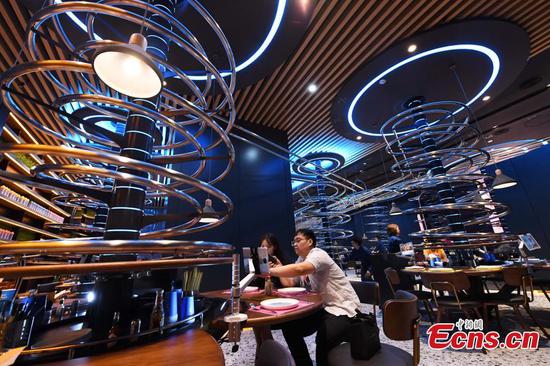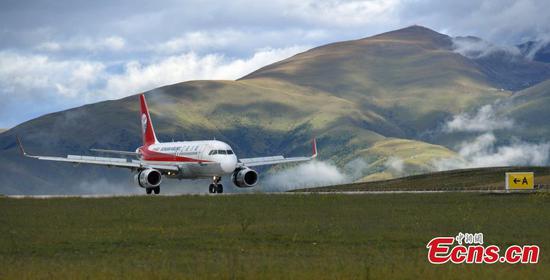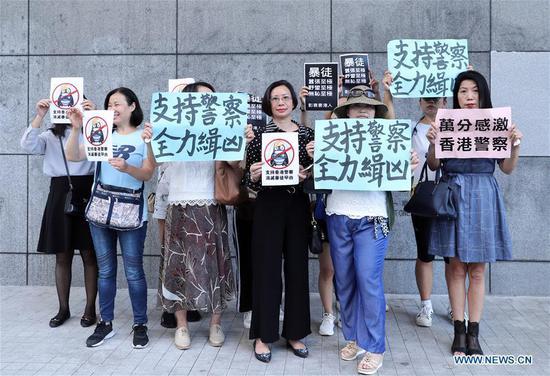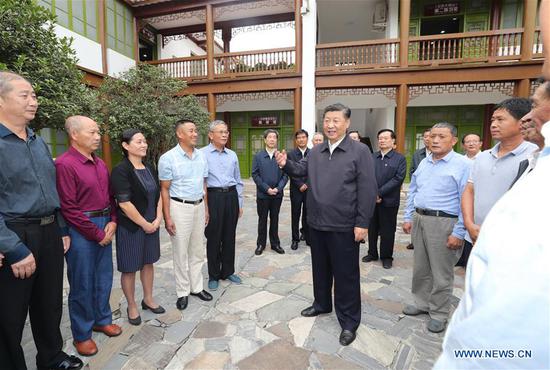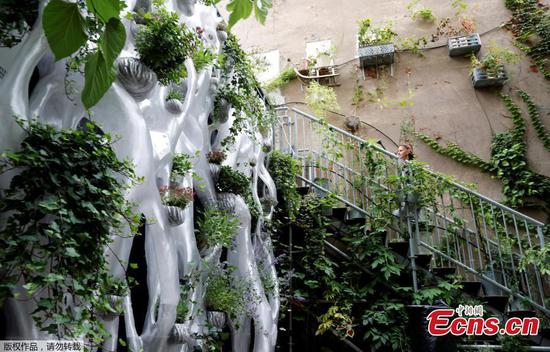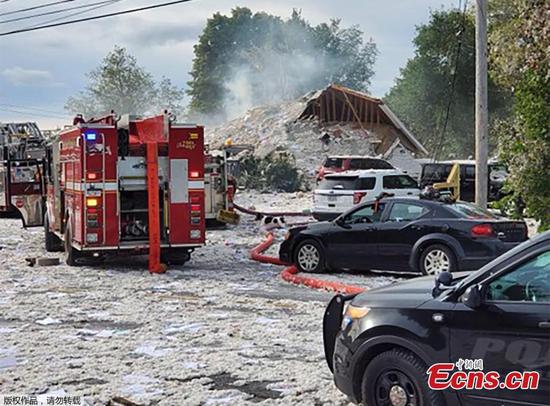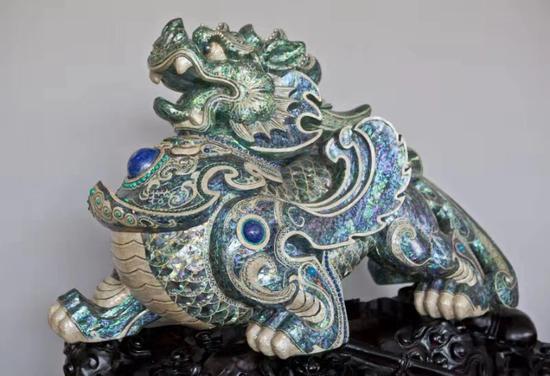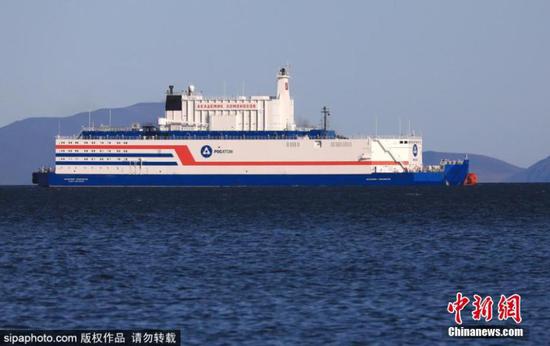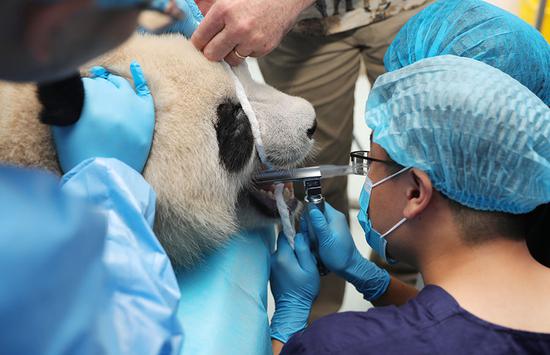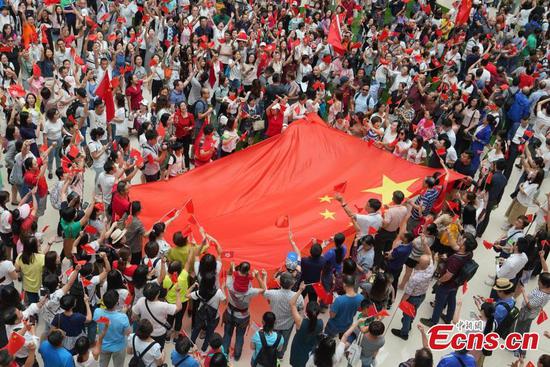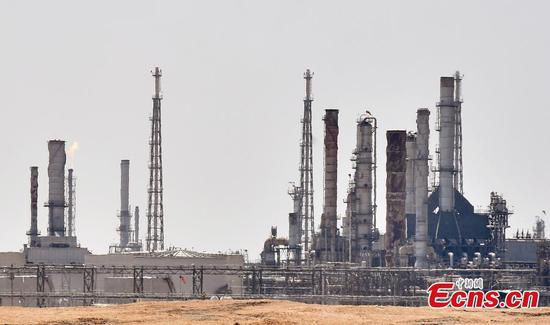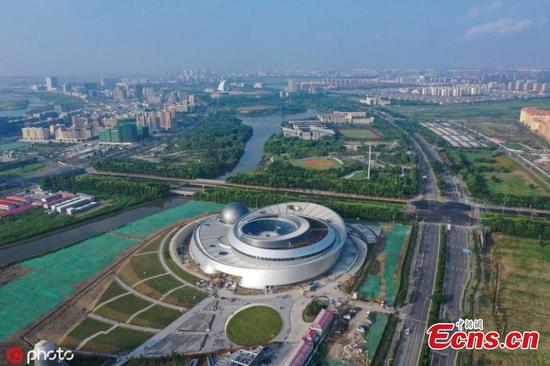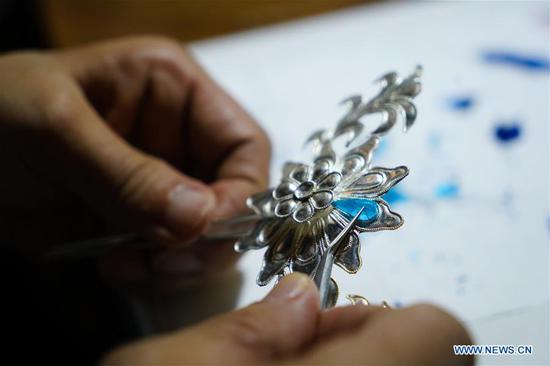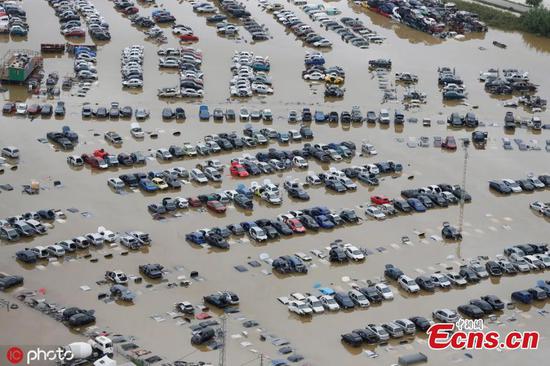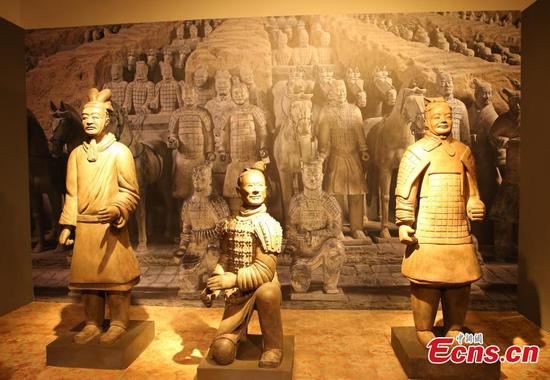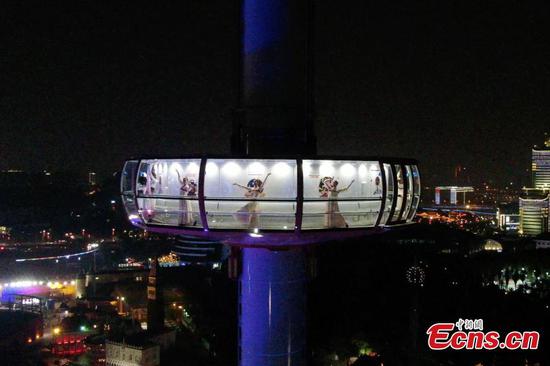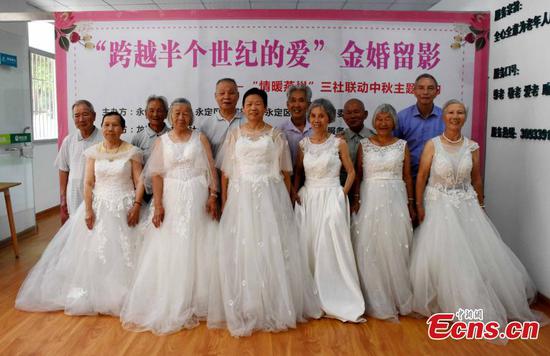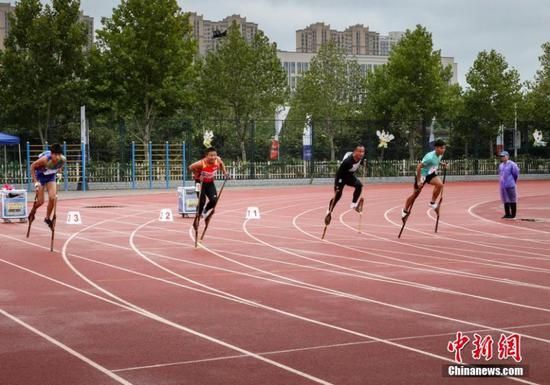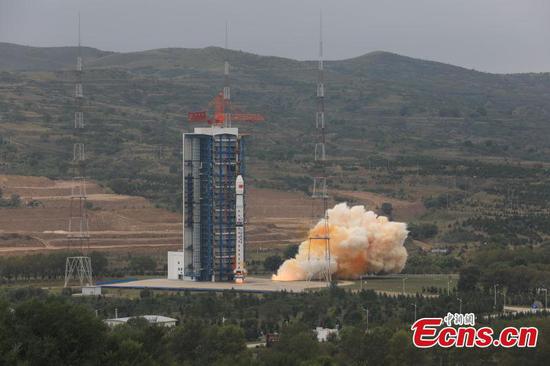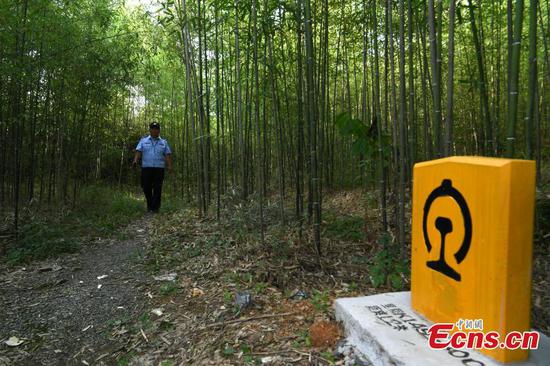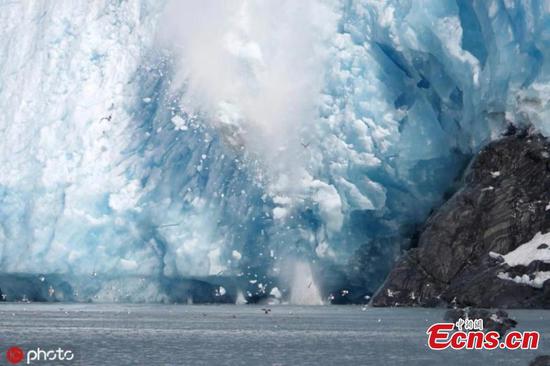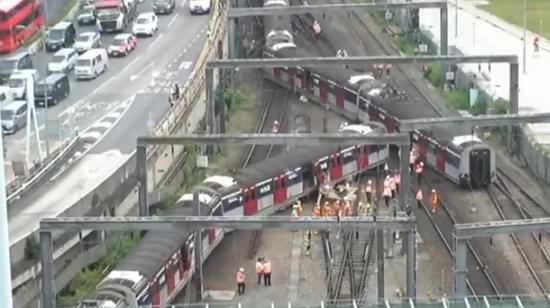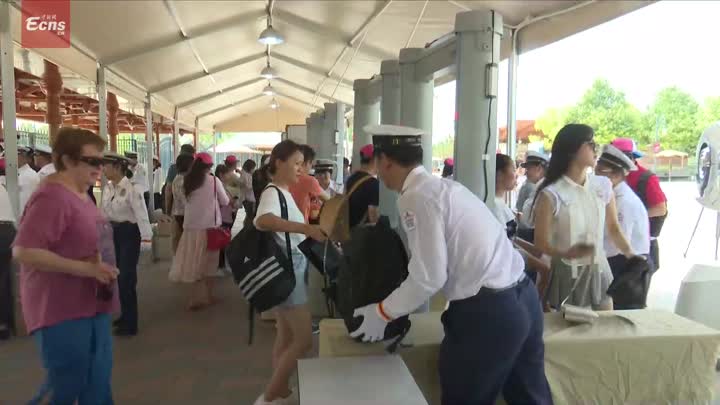China's top environmental watchdog pledged to enhance the management of ozone depleting substances through an online monitoring system and by establishing more testing laboratories to facilitate law enforcement, as the world celebrated the 25th International Ozone Layer Protection Day on Monday.
Significant progress has been made in the control of ozone depleting substances in China since the country joined the Vienna Convention for the Protection of the Ozone Layer 30 years ago. So far, China has phased out 280,000 metric tons of the substances, accounting for about half the total reduction by developing nations, Li Ganjie, minister of ecology and environment, said during a meeting to commemorate the day in Jinan, Shandong province.
The Journal Nature published a study in May 2018 claiming that the atmospheric levels of CFC-11-an ozone depleting substance that has been globally banned-are significantly higher than expected because of unexpected emissions in East Asia.
Li reiterated the country's zero-tolerance policy toward the illegal production and use of ozone depleting substances and said the Chinese government rolled out special law enforcement campaigns after the study was published.
Law enforcement officers inspected 1,172 enterprises in 2018. This year, they conducted 24-hour on-site supervision in the facilities of all 16 manufacturers of CTC-an ozone depleting substance and a major raw material for CFC-11 production-and also rolled out online monitoring, he elaborated.
Despite challenges to speed up the phasing-out of ozone depleting substance as required and to inspect for banned ones, Li said China will "confront these challenges boldly" and "honor its promise resolutely".
"China is willing to continue in-depth exchanges and cooperation with other parties and international organizations on policies and regulations for convention implementation, supervision measures, capacity building and alternative technologies," he said.
In addition to the Vienna convention, China also joined the Montreal Protocol on Substances that Deplete the Ozone Layer in 1991.
Liu Bingjiang, head of the Ministry of Ecology and Environment's Air Quality Management Department, said the online monitoring system has been installed in the facilities of seven CTC manufacturers and will be extended to the other nine by the end of this year to watch for illegal production of CFC-11.
"The online monitoring system will be connected to the ministry's supervision platform," he added.
The ministry has dispatched 20 sets of portable detection equipment to local environmental authorities and will hand out another 30 sets by the end of this year, he said.
He said the ministry established six testing laboratories for industrial products this year and it is still working on qualification for these labs to ensure that "they could offer legally valid testing data" by the end of this year. Another two labs are in the pipeline.
He added that China also plans to establish a monitoring network to promote the country's capability in assessing its progress in implementing control conventions.









